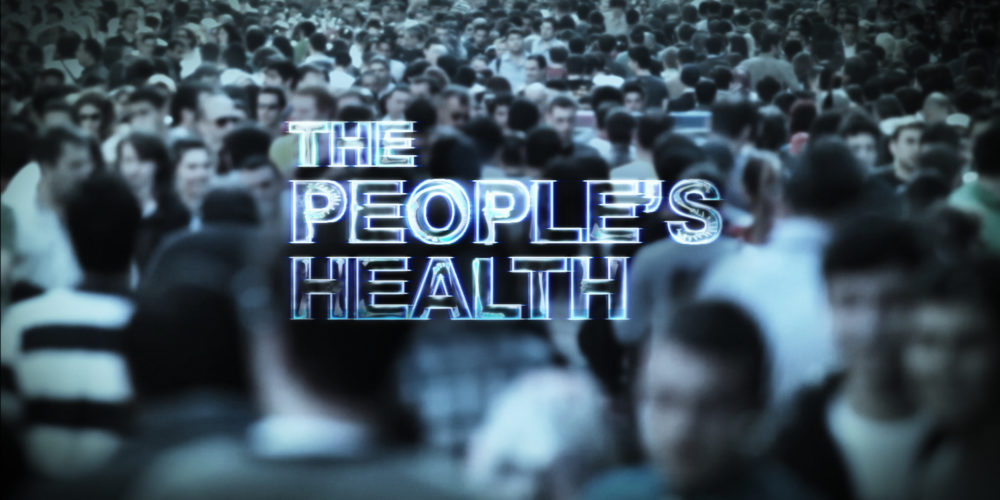In the United States, uproar has surrounded the rolling back of access to reproductive health, in Britain thousands of women missed breast cancer screenings because of a technical hitch, and in Ireland we are still witnessing the fall-out from the cervical cancer screening debacle—each the result of policies that have reduced women’s health and well-being to secondary concerns of cost management and profit margins.
Dr Gabriel Sally’s supplementary report on the Cervical Check scandal pointed out that the emphasis on quality assurance dropped from 25 per cent in the 2008 tender process to 15 per cent in 2012. Meanwhile the importance of the cost of services increased from 20 per cent to 40 cent in the same period. Cervical Check is still sending smear samples for testing to laboratories in the United States—the same ones that are at the centre of the scandal—because the price remains right.
Each of these scandals, shocking in isolation, is only the tip of the iceberg. The missed breast screenings, the push back on abortion and Cervical Check have made it into public discourse only because they affected “middle-class” women as well.
This is not to ignore the women wronged by the Cervical Check scandal, many of whom have put tremendous effort into raising awareness of the importance of cervical cancer screenings and HPV vaccines, in the hope of protecting others. But it must be noted that while this scandal is deemed a horrific anomaly, the substantially worse health outcome and higher maternal and infant mortality rates of women from marginalised groups are regarded as business as usual.
In Britain, Black women have a risk of maternal death five times higher than white women, and are more likely to die as a result of breast and cervical cancers. In the United States, Black people with diabetes are more likely than their white counterparts to become blind, to become amputees, to develop end-stage kidney disease, and to die of the disease. Native American women’s maternal death rate remains three times that of white women.
In Ireland, infant mortality is 3½ times higher for the Traveller community than for non-Travellers. Traveller women are more than 3 times more likely to miscarry or have a stillborn child, and are 3 times more likely to be affected by depression, with one in three experiencing long-term illness. Traveller women die on average twelve years earlier than non-Travelling women, and have death rates that are 3 times higher.
While the mortality rates for women are generally lower than those for men, in these marginalised and vulnerable groups women are central to ensuring the continued health of their families and extended communities. The ill health of women in these groups tells of a more wide-reaching problem within these communities and a failure of public health policies to safeguard or value their health.
None of these statistics are hidden: they are widely available, known, and repeated, but they are not considered scandalous. They are too run-of-the-mill, too expected. Racism, ethnic discrimination and stereotyping, as well as misogyny and sexism, all play a role in these worse health outcomes, and these prejudices allow the statistics to be normalised.

Consultations and research by NGOs and governmental bodies all agree: community-centred and culturally relevant responses are needed to rectify the health disparity. Still, these services are often underfunded and not yet given priority. Government spending on Traveller education has fallen by 86 per cent since 2008; spending on accommodation for Travellers is down 85 per cent, and health projects by 5½ per cent.
Death and morbidity have been reduced in specific Black and Native American communities in Britain and the United States where community health workers and anti-prejudice training for medical staff and community health centres that respect community practices are available. The impact of these services has been particularly pronounced for women in those populations; but these effects are limited. While the availability of medical care has a greater effect on the health status of vulnerable populations, such as racial or ethnic minorities, generally it explains only one small fraction of a more systemic problem.
The only long-lasting solution is the one pointed out by Pavee Point, the Traveller and Roma NGO, in its analysis: the correction of long-standing social and economic inequalities for all socially and economically excluded groups within the working class. This is the only way to ensure long-lasting good health, physical and mental, in these groups.
Existing health policies are fixated on treating ill health as it arises rather than preventing it in the first place. But the old adage of prevention being better than cure is what has motivated the greatest leaps forward in medical and health care, like that of vaccinations.
Analysis of trends in the United States of Black–White inequality in economic and health status over the last fifty years reveals that racial disparities in health are sensitive to changes in racial inequality influenced by economic circumstances. During the 1960s and early 70s the civil rights movement led to improvements in the political and economic situation of Black people. This led to a narrowing of the Black–White gap in income but also had an equalising effect in regard to health and a decline in total mortality for Black people.
This equalising stalled in the mid-1970s, and then widened again in the early 1980s, as a result of the decimation of the civil rights movement by the US government. This gap continues to grow as a result of budget cuts in medical services, housing, and social welfare, excused by the vilification of poor Black people in the media. This decline was repeated in marginalised groups in Britain and Ireland as public spending priorities shifted towards privatisation.
Health is fundamental, and a public health system that places people first and foremost, above the market, above profit and trade deals, is essential. It is also achievable, as has been shown by the National Health Service in Britain and the Cuban health system. However, health is affected by more than just access to medical care: living conditions, decent work, social inclusion and community cohesion also play an essential role in the maintenance of the health of individuals and society. A capitalist society can only ever place a plaster over any of the problems leading to ill health, and only if these problems arise with enough force, in the privileged segments of society.
The battle for a world where every person is equally valuable, a world where each person will have the same chance of a healthy and happy life, can feel like a daunting task. It is nevertheless one that we must fight on all fronts, because if we don’t the health and wealth of a few will be secured at the cost of those they deem expendable.






